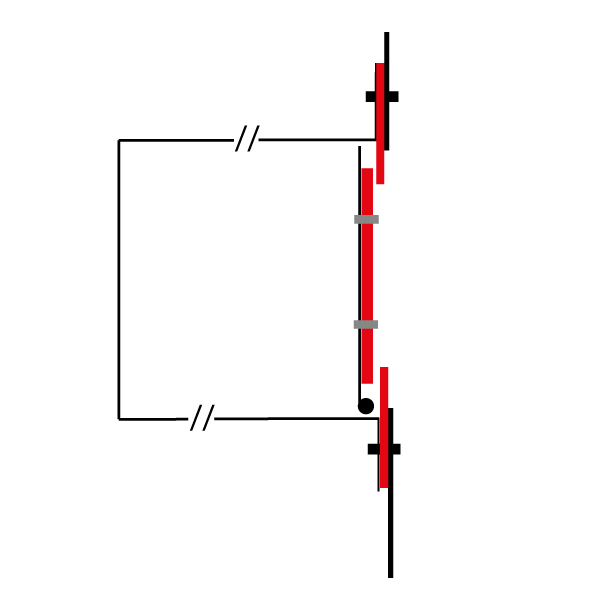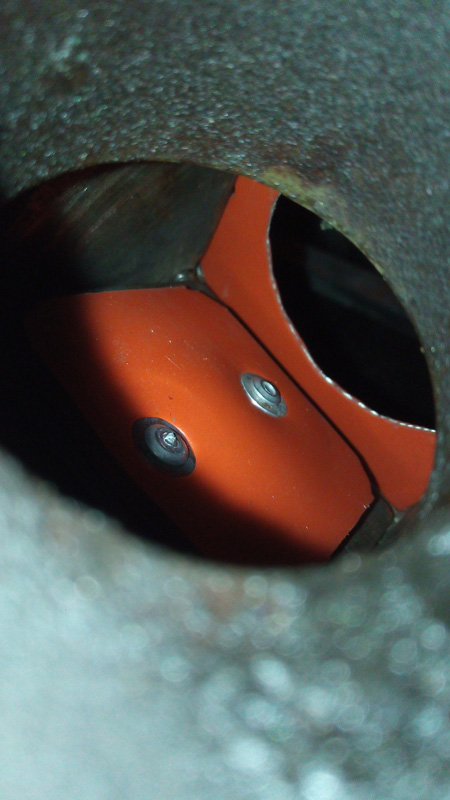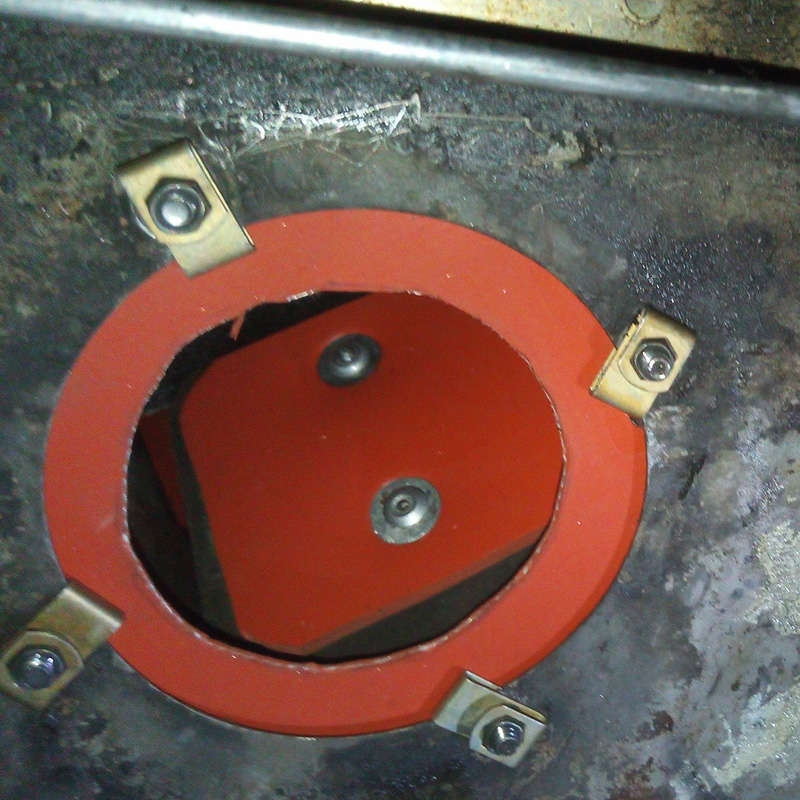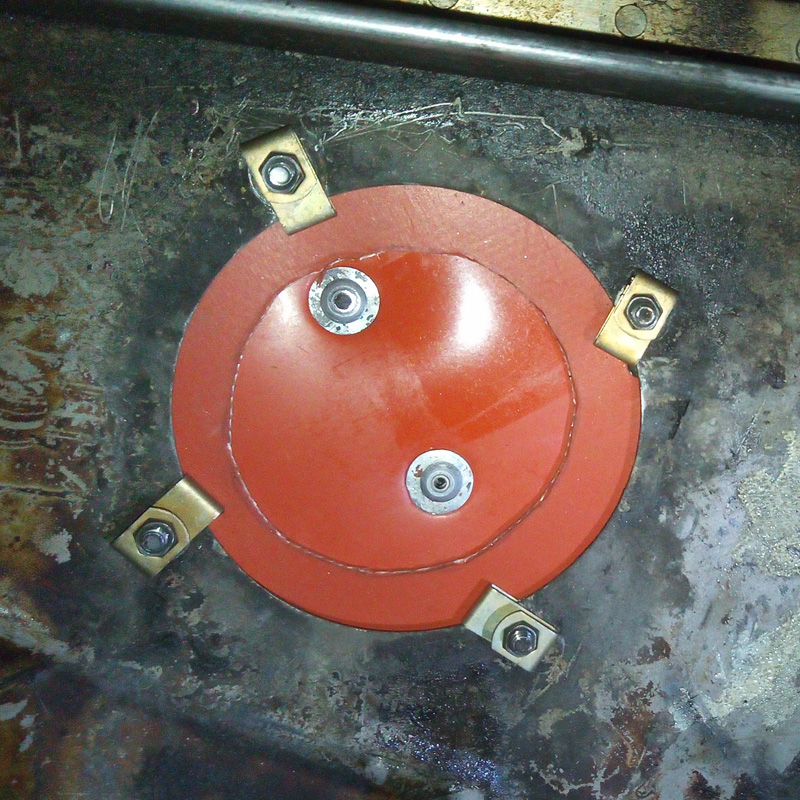Fixing the Heater box or Cabin air box
Our Ercoupes were delivered with a heater box (cabin air box) at the firewall that is far away from being perfect. It leaks air just by design. It gives you hot feet in warmer weather, even when closed. The typical fix is to disconnect the heater hose until it is getting cool enough to justify the constant heat again.
Moreover a leaking heater flap is problematic when you encounter leaks within the exhaust system. The leaking heater flap is a weak barrier then against unwanted fumes.
The flap is designed for a perfect fit in the heater control box, but it causes grief when it gets stuck and then bends. Over the years parts get worn out and the flap might get stuck for good. As it was in my case. A good cause for a thoroughly repair.

When Forney took over production of the Ercoupe fleet, they recognized the weakness of that design and developed a pretty good fix. It consists of a metal mask that reduces the hole at the firewall and a metal dish riveted to the flap that closes the hole positively. The kit is still available at Univair SK 27.

See also the corresponding SB 107.
Good solution for 1960, but today we have Silicon. That I used for my repair.
First I soldered a washer at the worn heater box giving support back for the flap shaft. (sorry no picture yet) Then I straightened out the heater box flap and filed it down where it would get stuck in the box, until it was moving freely in any position.
The heater flap is welded to the wrong side of the shaft, even when new it would not allow for a perfect seal.

There is a gap thick as the shaft to fill to allow a perfect alignment of the parts. (The disk)

Instead of the disk I riveted a 1/8th thick piece of baffle silicon to the heater flap.I used self plugging pop-rivets and a washer to distribute the clamping forces.

The silicon piece does not have to be as wide as the flap, avoiding clearance problems, but it should be wide enough to cover the hole in the fabricated mask that you mount between the firewall and the heater box. The mask can be made from relatively thin fabric supported silicon material. I used the heater box as a pattern.

I fastened the box to the firewall with floating clips. I would have used regular lock nuts when I would have been with a supporting person, this is a two man job. The floating nuts made working from one side possible.

The result is very convincing. No more heat when you don't want it. It closes out all unwanted fumes. The danger of CO poisoning is greatly reduced.

Hartmut